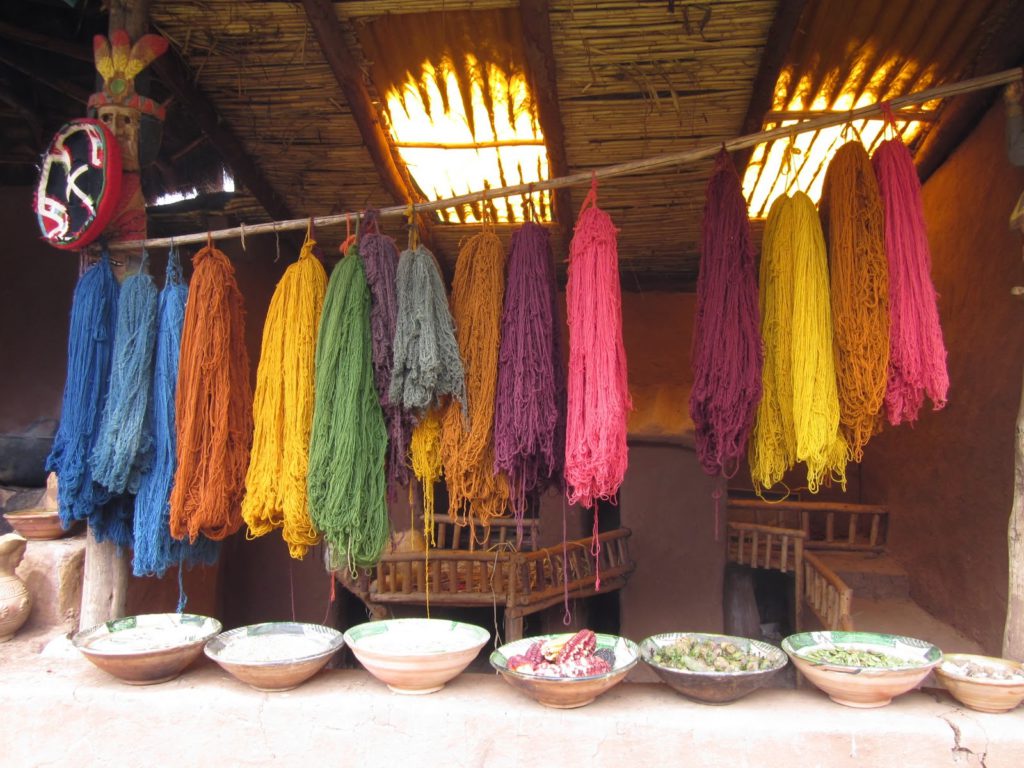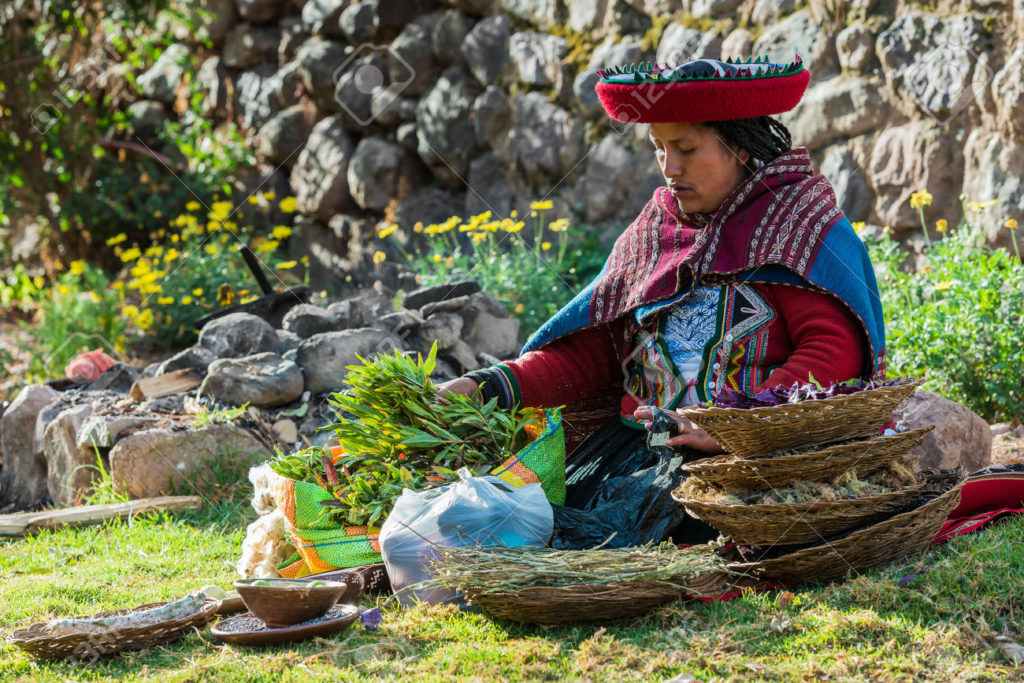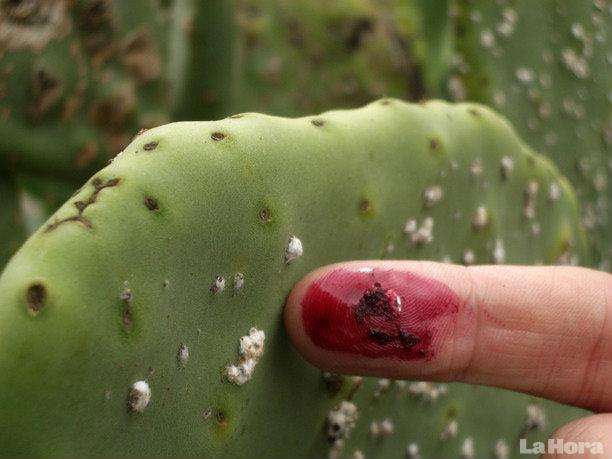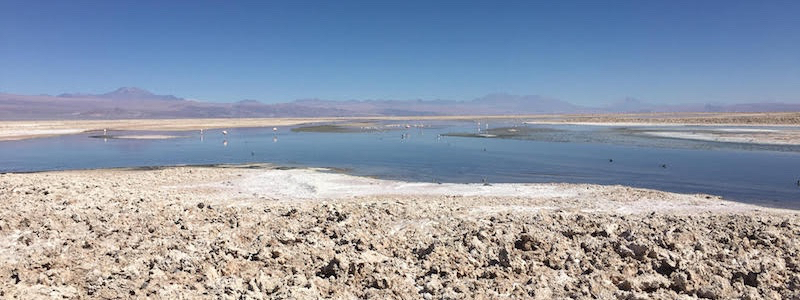Temperatures may rise but no one wants to spend the summer in a bare house. Cozy spaces call to us and invite us to enjoy our time in them. I think of the fabulous country houses with large porches, vegetation, fans, beautiful tapestries and natural materials…


Integrating vegetation into the decoration is also a success if we are looking for a fresher look. Plants, in addition to color, remind us that there is life in that space.



They advise against sleeping with plants, so for bedrooms here we have another resource. Give the touch with elements made with natural materials. Try mixing our Andean fabrics with natural fibers and white. Sure hit!

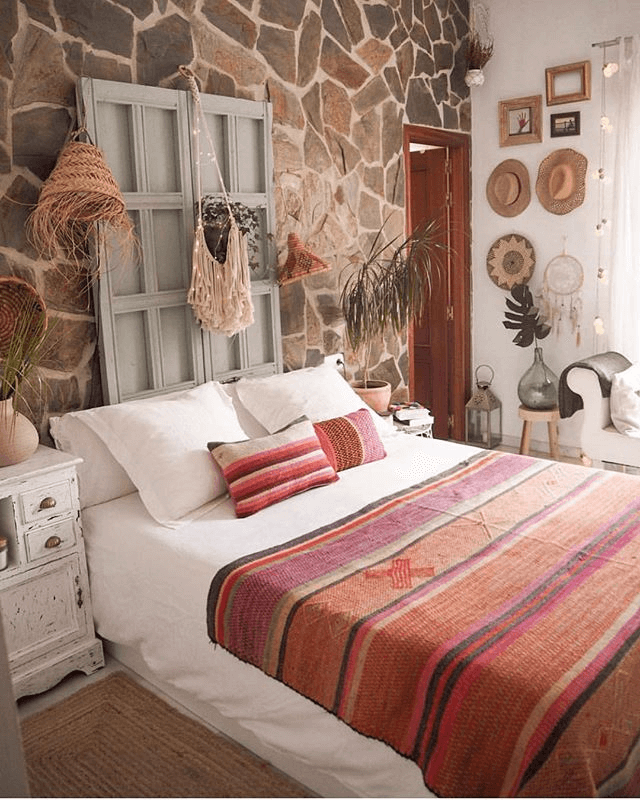
We are still in bedroom mode… What do you think of the touch that the headboards we upholstered give? With them you don’t need much more for the result to be unbeatable. Cozy and fresh!
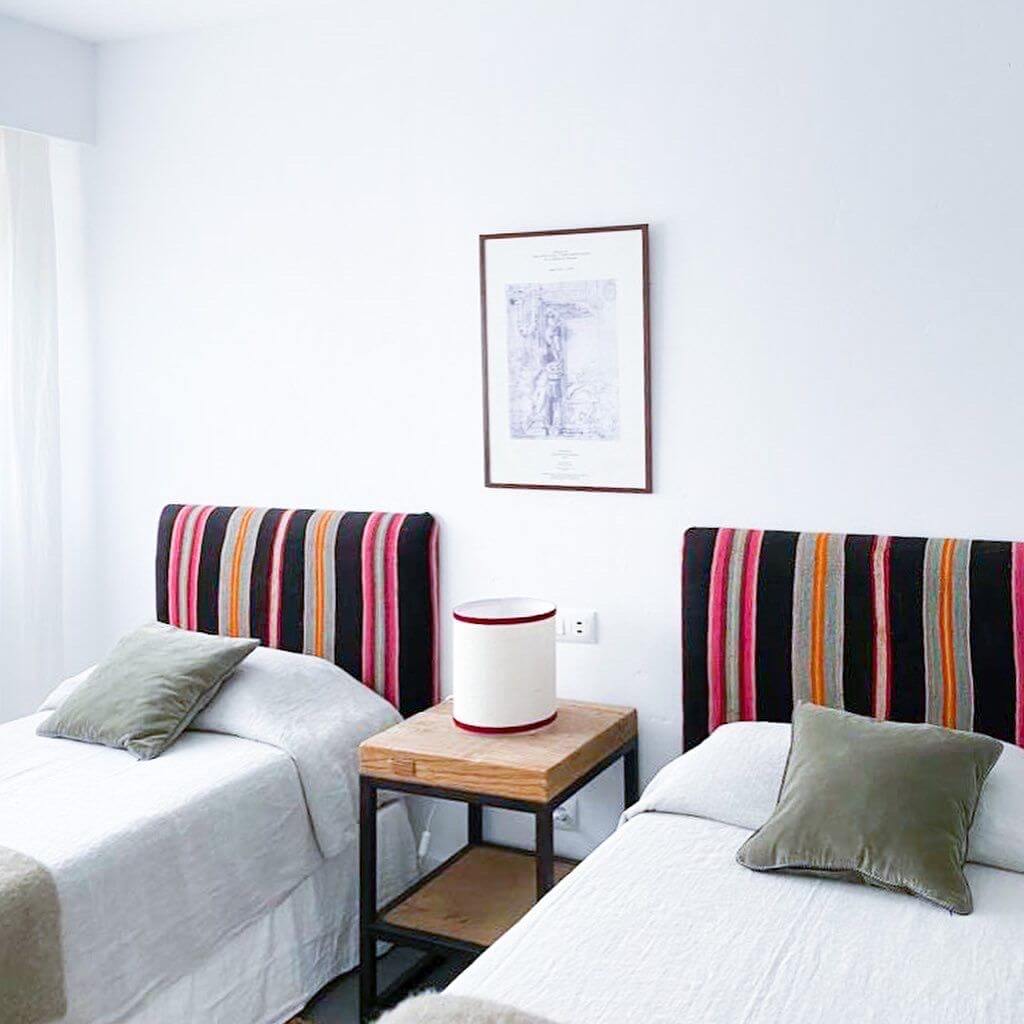
Look at this bedroom, imagine it without the cushions! With something as simple as some good ethnic cushions you can achieve a lot.

And if you want to see how our ethnic rugs look in bedrooms, here’s one that we love!

Let’s leave the bedroom and talk about living rooms… What do you think of this cheerful and unique one?

One of the keys is the white sofas. If you choose a fabric with a certain relief or weave, the upholstery will be more resistant and any stain will be camouflaged more easily.

More tricks? Choose few elements and good size. It seems contradictory, but this way the house will seem larger.

And the hall? As much as the first impression says, it is worth making an effort to offer the best possible welcome.


And all this that we tell you, why not also apply it to the summer house? Maybe you will only spend the holidays there but… How much better in a house that you love!
Or don’t these images make your teeth long?



We hope this collection of photos has inspired you. If you want us to give you a hand, you can write to us by WhatsApp at 674967778 and we will be happy to help you make your house you love.


















